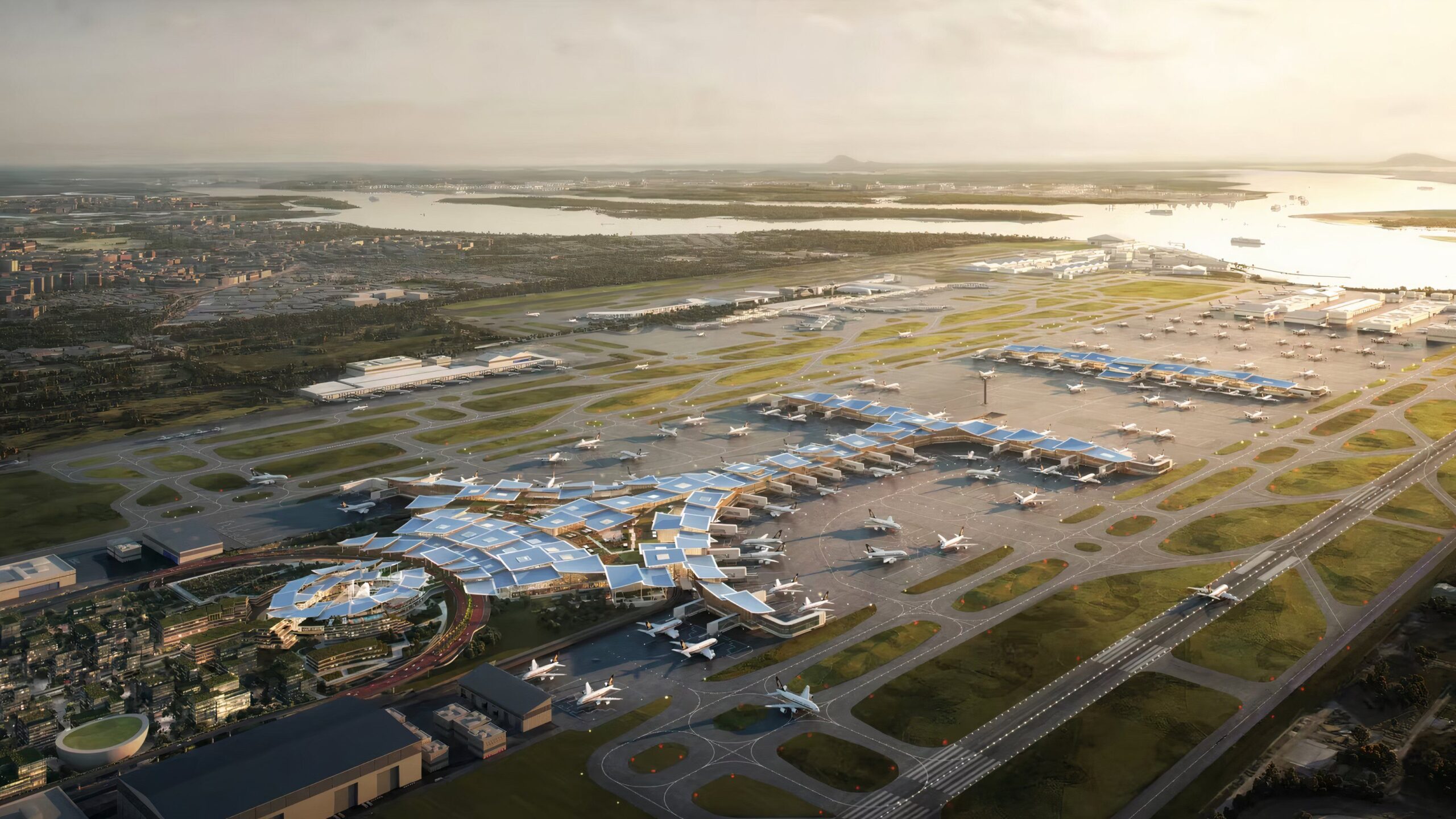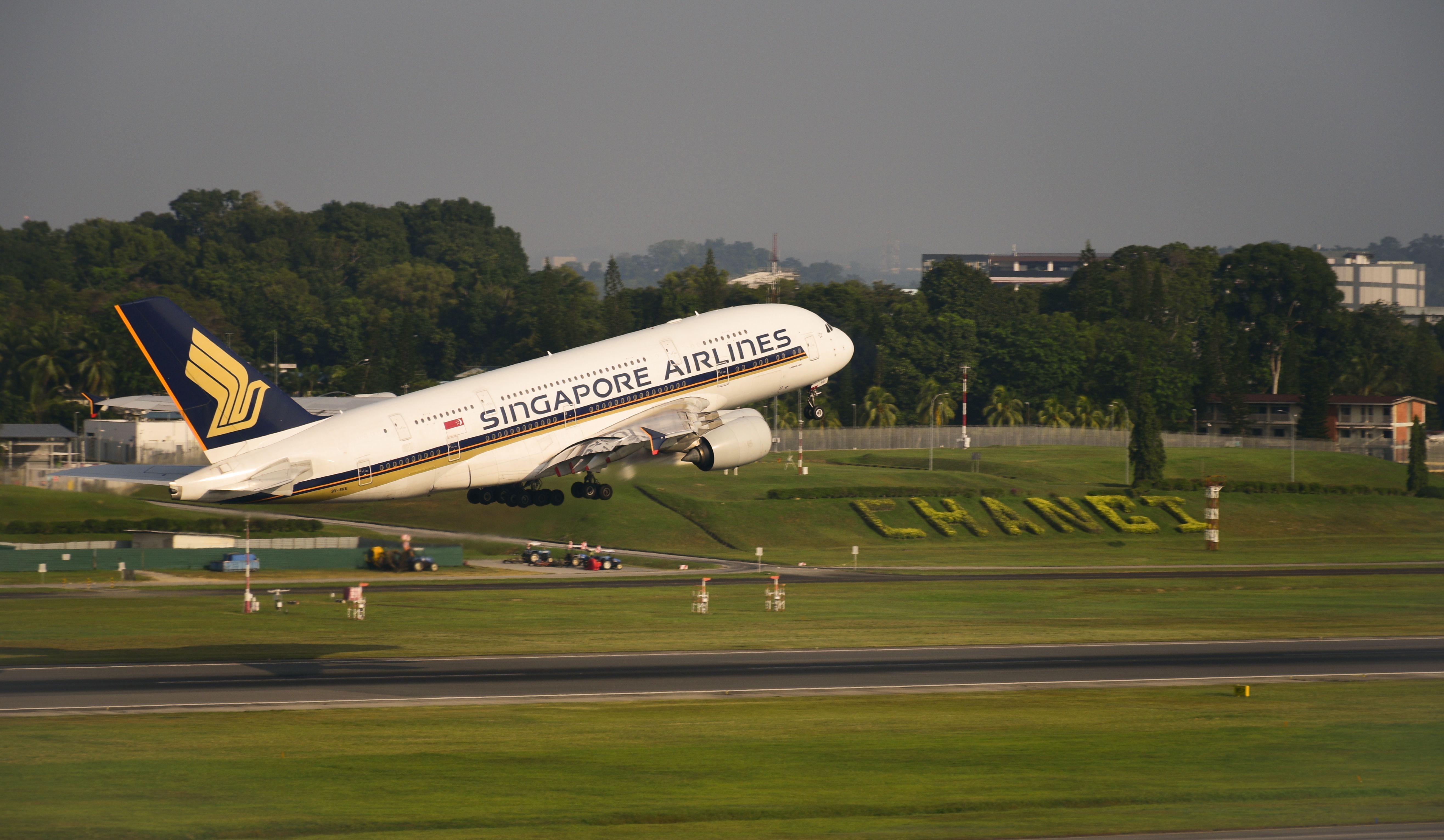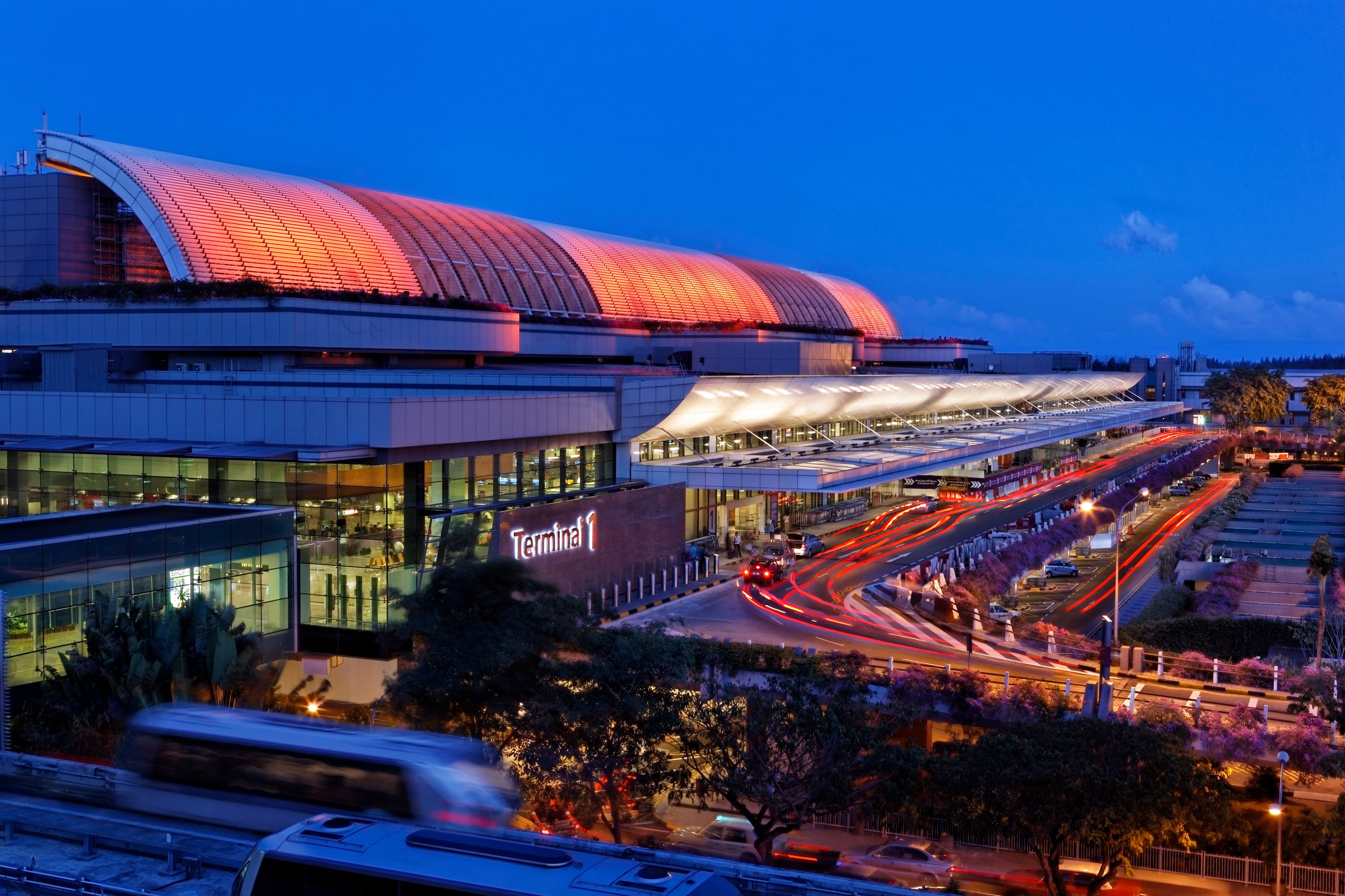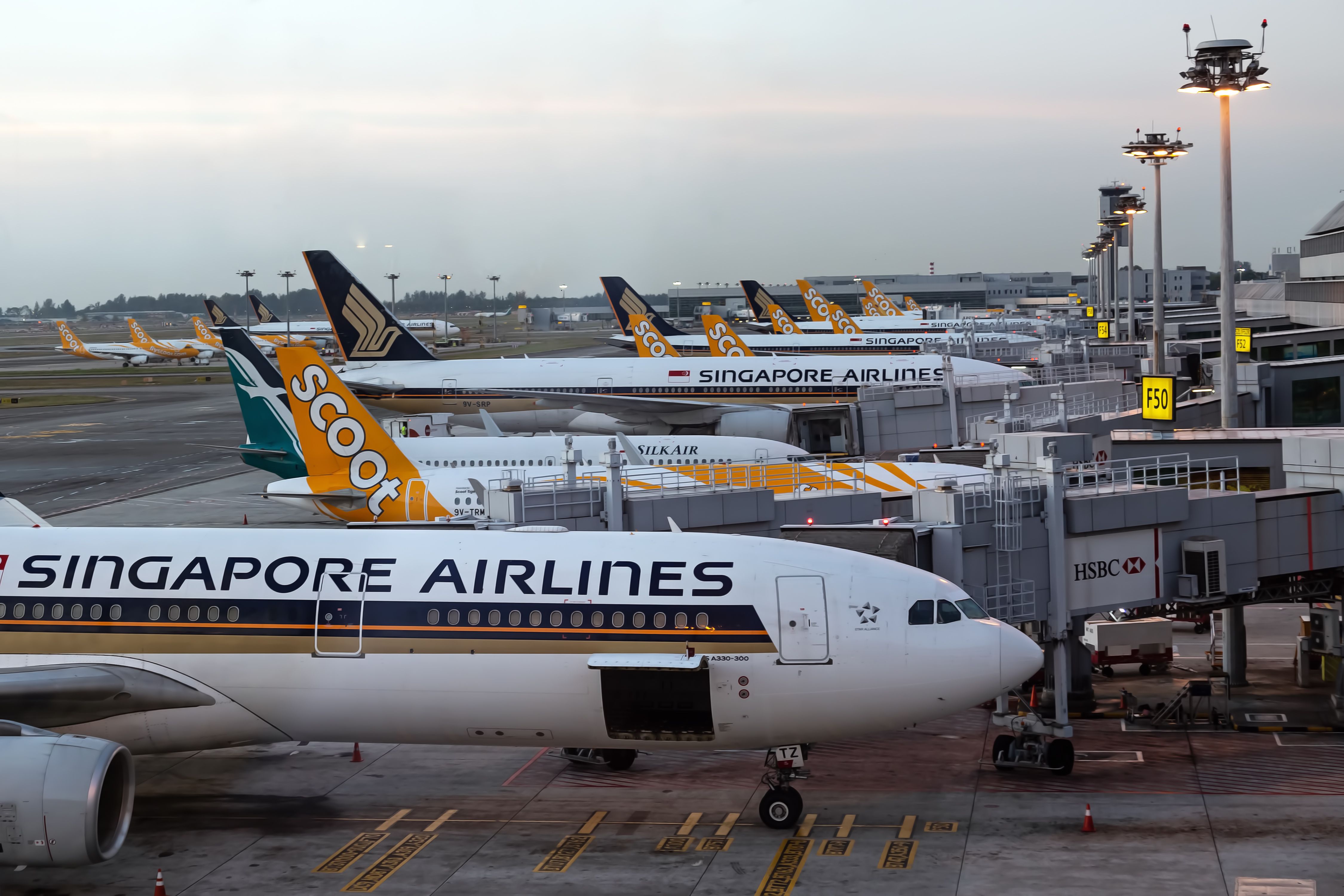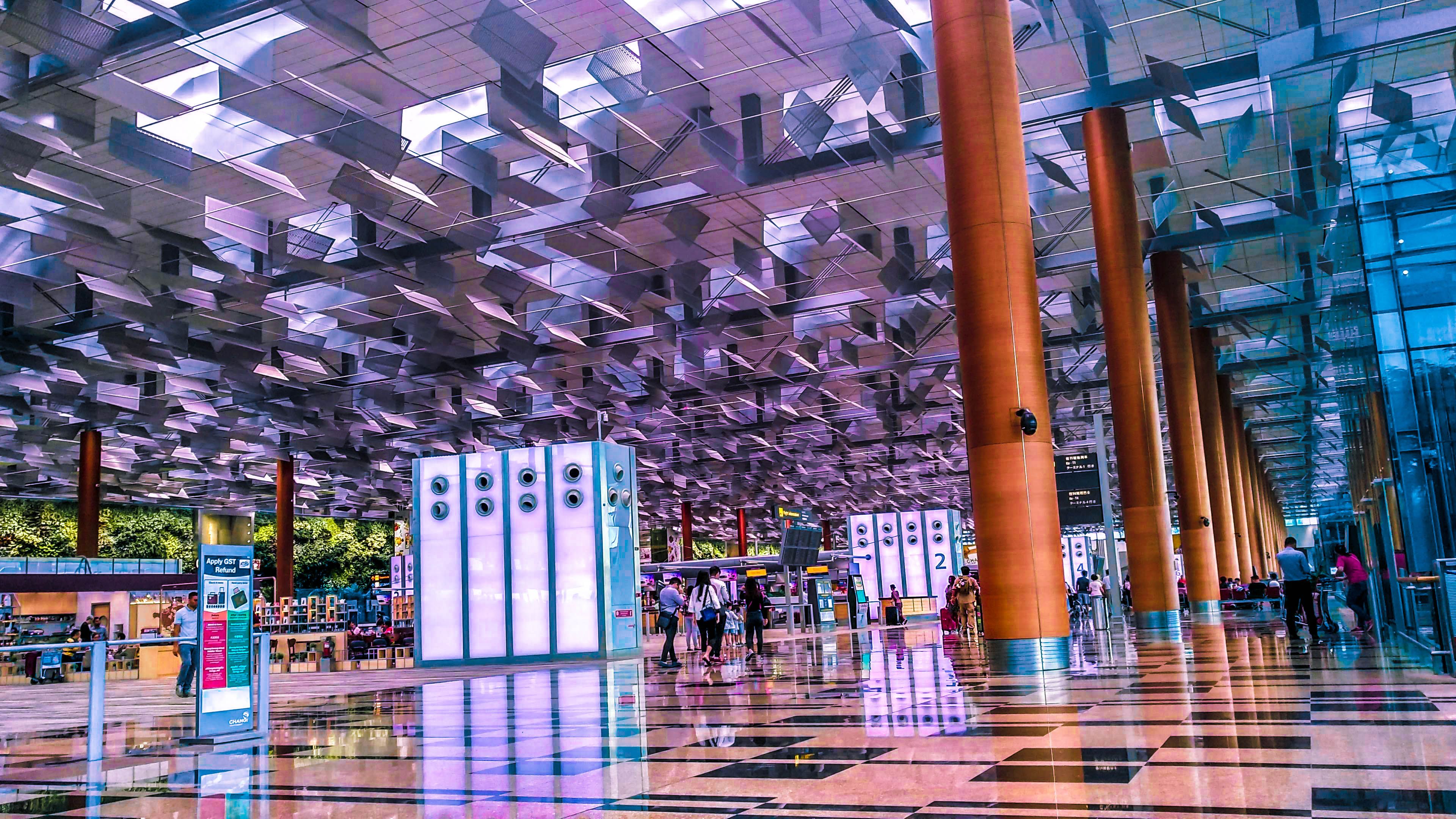It was more than a decade ago when building a new Terminal 5 at Singapore’s Changi Airport was first announced. As Asian aviation soared, momentum for the project grew, although that came to a crashing halt when the COVID-19 pandemic arrived, but some good news has now emerged.
Changi T5 is now GO!
In his Singapore National Day Rally speech in August last year, then-Prime Minister Lee Hsien Loong said building T5 is integral to the nation’s long-term development plans for aviation and would “show the world what sort of place Singapore is.” He outlined the scope of the T5 project by adding: “We are building one more new Changi Airport: it’s huge.”
Photo: Normand Fernandez | Shutterstock
Time marches on, and now Singapore has a new Prime Minister, Lawrence Wong, who took office on May 15, 2024. It seems the Changi Airport T5 project has sprung back to life as the prime minister spoke about it at the 40th Anniversary Dinner of the Civil Aviation Authority of Singapore (CAAS) last Friday, September 6, 2024.
According to the Straits Times, the PM announced at the dinner that Changi Airport Terminal 5 (T5) construction will commence in the first half of 2025. In a wide-ranging speech, Wong highlighted the need for Singapore to maintain its competitive edge amid increasing regional competition and noted the rapid expansion of airline fleets and networks, which threatens to bypass Changi Airport for direct routes. He added:
“Some have announced plans for mega airports that can handle more than 100 million passengers a year, so they are narrowing the gap with Singapore. Increasingly, flights that would have passed through Changi may no longer be needed. We cannot rest on our laurels.”
Photo: Changi Airport Group
When fully developed, T5 will be able to handle about 50 million passengers per year, adding around 60% more capacity to the existing facilities, which can handle 90 million. It will be built on a site almost as large as the current airport, and now we know that construction will start in the first half of next year.
Singapore wants 200 cities
Singapore’s strategic location has helped it become the central hub for the Asia-Pacific region and is currently connected to around 150 destinations. By the middle of the next decade, the island state wants to be connected to more than 200 cities, which partly explains why a sense of urgency is now creeping into talk about building the new terminal.
Photo: Dmitry Dven | Shutterstock
Mega hubs like Singapore Changi were severely affected by the pandemic, and it has taken a few years to upgrade and reopen all of the airport’s existing terminals. The new terminal will be designed with flexibility in mind so it can be operated as smaller sub-terminals when needed, with space that could be converted for contingencies, such as segregating high-risk passengers or testing operations.
Photo: Urban Vignette | Shutterstock
Last week, CAAS announced it is establishing an International Aviation Hub to develop innovative solutions for the transformation of airport operations around the world. The new partnership will establish joint research and innovation programs, co-develop roadmaps and projects, share resources and exchange knowledge to address some of the critical challenges faced by international airports globally.
On September 6, CAAS signed a Memorandum of Understanding with the International Center for Aviation Innovation, Singapore University of Technology and Design, Airbus, Boeing, Changi Airport Group, SATS, International Aviation Group and Singapore Airlines to jointly explore, initiate and undertake innovation projects. Some of the possible projects include:
- Automated loading and unloading of baggage for narrowbody aircraft.
- Automated and smart technical ramp handling to introduce more automation.
- Smart Gates and automation solutions to allow passenger loading bridges to be remotely controlled.
- Autonomous aircraft pushback and towing to improve productivity and precision.
During his speech, the Prime Minister mentioned the new initiative, saying it was the first time an aviation authority, airport operator, airline and aircraft manufacturers were all coming together. He believes that the success of the nation’s aviation industry will benefit all Singaporeans and has announced a public exhibition next year to showcase the future of the sector.

